Increasing Demand for Resource Recovery
The Mining Waste Management Market is experiencing a notable increase in demand for resource recovery from mining waste. As the global focus on sustainability intensifies, mining companies are recognizing the economic potential of extracting valuable materials from waste streams. This trend is driven by rising commodity prices and the need to minimize waste disposal costs. Recent studies indicate that up to 90% of certain metals can be recovered from mining waste, presenting a lucrative opportunity for companies to enhance profitability while reducing environmental impact. Consequently, the Mining Waste Management Market is evolving to incorporate resource recovery technologies, which not only align with sustainability goals but also contribute to the circular economy.
Collaborative Approaches to Waste Management
The Mining Waste Management Market is witnessing a trend towards collaborative approaches among stakeholders, including mining companies, governments, and environmental organizations. This collaboration aims to develop comprehensive waste management strategies that address both economic and environmental concerns. By working together, stakeholders can share best practices, resources, and technologies, leading to more effective waste management solutions. For example, partnerships between mining companies and local communities have resulted in the establishment of shared waste management facilities, which not only reduce costs but also promote community engagement. This collaborative spirit is likely to enhance the overall efficiency of waste management practices within the Mining Waste Management Market, fostering a more sustainable approach to mining operations.
Technological Advancements in Waste Processing
Technological innovations are playing a pivotal role in shaping the Mining Waste Management Market. The introduction of advanced waste processing technologies, such as automated sorting systems and bioleaching methods, has significantly improved the efficiency of waste management operations. These technologies enable mining companies to recover valuable materials from waste, thereby reducing the overall environmental impact. According to recent data, the adoption of such technologies has led to a 30% increase in resource recovery rates in certain mining sectors. Furthermore, the integration of artificial intelligence and machine learning in waste management processes is expected to enhance decision-making and operational efficiency. Consequently, the Mining Waste Management Market is poised for growth as companies leverage these technological advancements to optimize waste processing and minimize environmental footprints.
Growing Public Awareness and Environmental Concerns
Public awareness regarding environmental issues related to mining activities is on the rise, significantly impacting the Mining Waste Management Market. As communities become more informed about the environmental consequences of mining waste, there is increasing pressure on mining companies to adopt responsible waste management practices. This heightened scrutiny has led to a demand for transparency and accountability in waste management operations. Mining firms are now compelled to demonstrate their commitment to environmental stewardship, which often involves investing in advanced waste management solutions. Surveys indicate that over 70% of consumers prefer companies that prioritize environmental sustainability, suggesting that public perception can influence market dynamics. Thus, the Mining Waste Management Market is adapting to these changing expectations by enhancing waste management practices and promoting sustainable initiatives.
Regulatory Compliance and Sustainability Initiatives
The Mining Waste Management Market is increasingly influenced by stringent regulatory frameworks aimed at promoting environmental sustainability. Governments are implementing regulations that mandate the proper disposal and management of mining waste, which has led to a surge in demand for effective waste management solutions. For instance, the European Union's Waste Framework Directive emphasizes the need for responsible waste handling, which has prompted mining companies to invest in advanced waste management technologies. This regulatory pressure not only ensures compliance but also enhances the reputation of mining firms, potentially leading to increased market share. As a result, the Mining Waste Management Market is witnessing a shift towards sustainable practices, with companies adopting innovative waste reduction strategies to meet regulatory requirements.


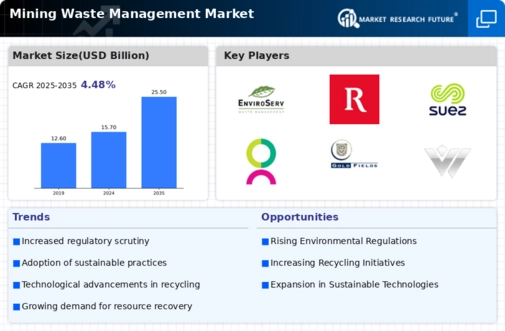
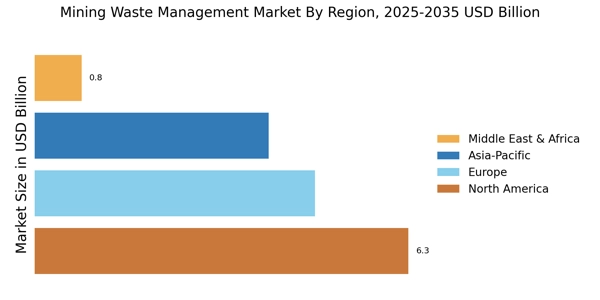

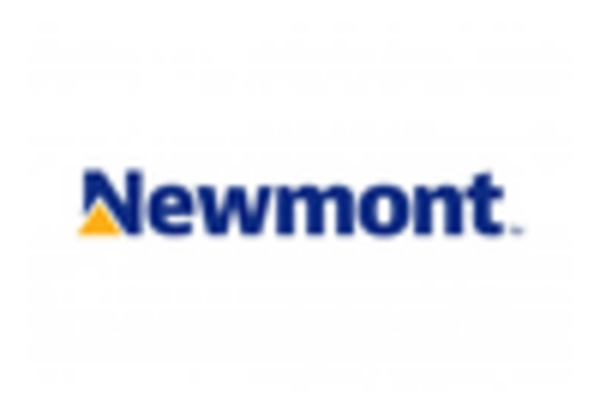
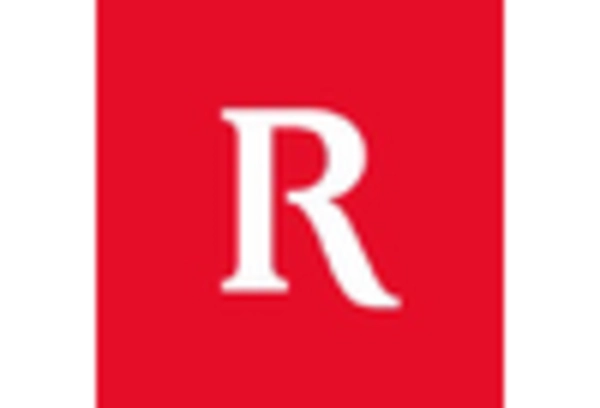
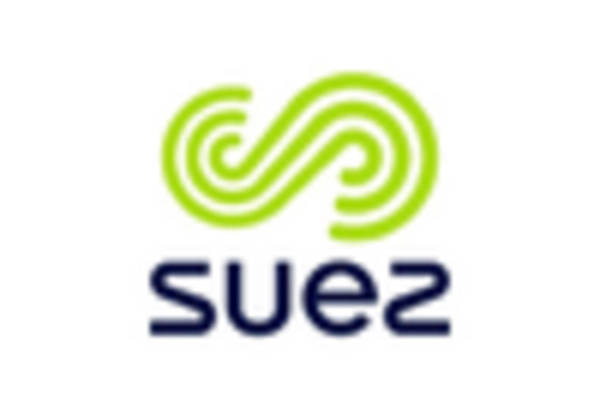
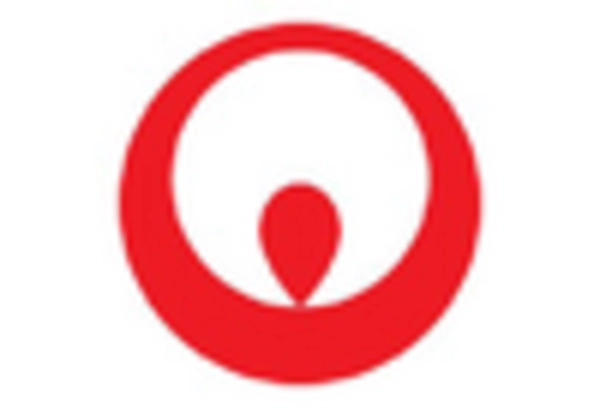
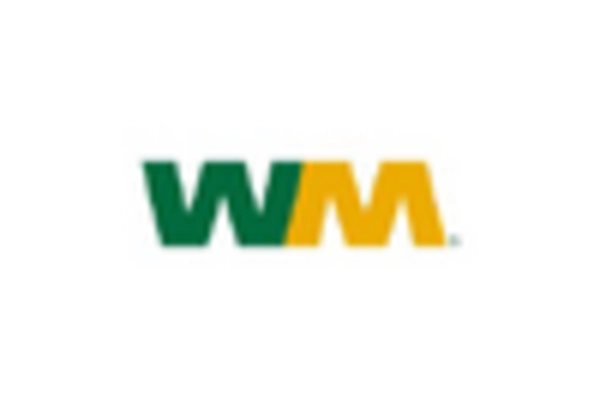








Leave a Comment